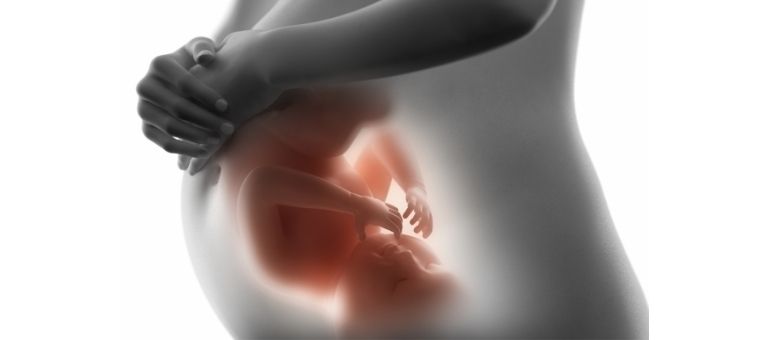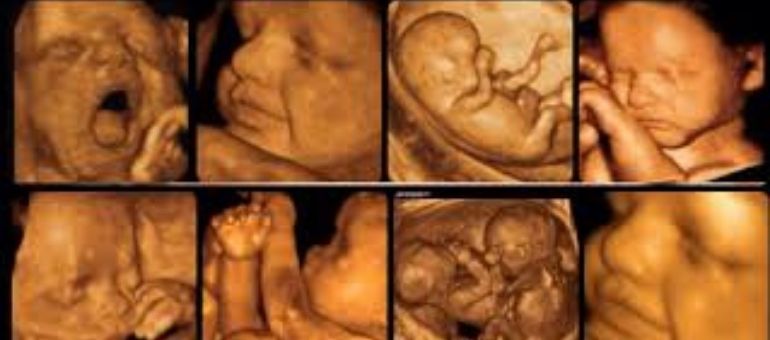The following is a condition where the bowels push down into the back wall of the vagina, causing a bulge or protrusion.
WHAT ARE RECTOCELE AND ENTEROCELE?
The pelvic organs (organs in the pelvic region within the hip bone) include the vagina, uterus, bladder, and bowels. The pelvic floor muscles and connective tissues support these organs and prevent them from herniating into the vagina. A rectocele is the herniation of the large bowel into the vagina, while an enterocele is the herniation of the small bowel into the vagina, both of which are caused by the weakening of the pelvic floor muscles and connective tissue.
WHAT ARE THE CAUSES OF RECTOCELE AND ENTEROCELE?
Pregnancy and childbirth are the most important causes of a weakened pelvic floor. The risk increases, especially with a baby who has a high birth weight, an assisted delivery with a vacuum or forceps, or a prolonged labor. The possibility of the bowels sagging into the vagina increases with the number of births. In other words, the more births you have, the higher your risk. Enterocele and rectocele can also be seen due to the weakening of the pelvic floor’s supportive tissues as a result of decreasing hormones with aging and menopause. Chronic constipation, asthma, smoking, obesity, and genetic predisposition are among the causes of enterocele and rectocele.
AT WHAT AGES DO RECTOCELE AND ENTEROCELE OCCUR?
They can appear at any age, but symptoms are most common after menopause.
WHAT ARE THE SYMPTOMS OF RECTOCELE AND ENTEROCELE?
Depending on the severity of the condition, symptoms can range from a feeling of fullness and pressure in the lower abdomen to a palpable mass protruding from the vagina. Patients may also have complaints of chronic constipation, gas or stool leakage, needing to press on the vagina with a finger to have a bowel movement, and discomfort during sexual intercourse due to vaginal laxity.
HOW ARE THEY TREATED?
In mild cases with no complaints, there is usually no need for treatment. For cases with constipation, symptoms may improve by eating high-fiber foods and increasing fluid intake. Depending on the degree of prolapse and the severity of the symptoms, surgery may be recommended. During surgery, the sagging bowels are lifted back into place. The weakened vaginal tissue is strengthened, and some vaginal tightening is done simultaneously.
DO RECTOCELE/ENTERO CELE RECUR AFTER SURGERY?
There is a risk of rectocele or enterocele recurring after surgery depending on the technique used, and if the patient is under 60 years old, overweight, or had a severe prolapse before the first operation.






